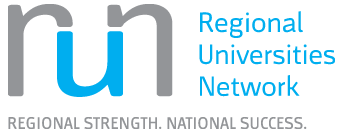Journal Rankings and Choosing a Journal
Journal ranking tools offer the opportunity to sort by number of journal citations, create graphs and perhaps see patterns unfold that can inform your decision about the best source to publish in.
SCImago:
SCImago is a website that provides journal rankings like SCImago Journal Rank (SJR) Quartiles or Citescores.
- SJR Quartiles measure a journals impact, influence, or prestige. Journals are ranked in Quartile 1, 2, 3, & 4 quartiles.
- Citescores look at the distribution of citations over the last three years. For example, Total Cites.
Scopus:
Scopus allows you to search for Journal titles by Quartiles, Citescores and SNIP’s to inform your decision about the best source to publish in.
- SNIP or Source Normalized Impact per Paper (SNIP) measures contextual citation impact of the journal, enabling you to compare journals across different subject fields.
Journal directories allow you to assess titles based on peer review and quality status.
- Directory of Open Access Journals (DOAJ) lists peer reviewed, quality controlled and scholarly full text Open Access journals in a wide range of disciplines. You can search for a specific title or browse by subject.
- Ulrichsweb can be used to establish the open access and peer review status of journals, find out which databases index and includes a journal, publisher information and journal frequency.
- Open Policy Finder is a website that summarises publisher copyright and open access archiving policies on a journal-by-journal basis.
When publishing a book or journal article, choose a publisher based on their reputation or inclusion in discipline specific lists. Consult with colleagues and your Faculty/School's research office to find well known publishers in your field of research.
Publisher websites often include useful information, such as:
- advice and guidelines for prospective authors
- details about the peer review process
- catalogues of current publications
- acceptance and rejection rates
- details about the editorial board
The increasing prevalence of "predatory" publishers and conferences can be scary but with a little common sense and critical evaluation you will be able to easily avoid them.
- Think Check Submit helps researchers identify trusted publishers for their research.
- Think Check Attend helps you to avoid fraudulent conferences.
